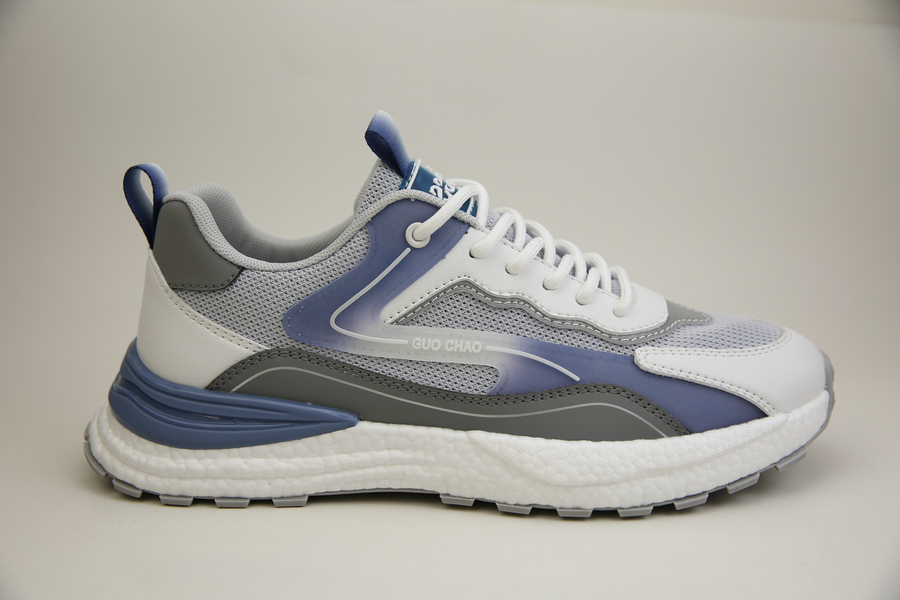Understanding Wading Boot Soles An Essential Guide for Anglers and Outdoor Enthusiasts
When it comes to fishing, hiking, or any outdoor water-related activities, the choice of footwear can significantly affect your experience. Wading boots are a vital piece of equipment for anglers who need to navigate rivers, streams, and lakes while keeping their feet dry and protected. One of the most critical components of wading boots is the soles. This article will explore the various types of wading boot soles, their features, and what to consider when choosing the right fit for your adventures.
Types of Wading Boot Soles
Wading boots typically come with one of two main types of soles felt soles and rubber soles. Each type has its own set of advantages and disadvantages, catering to different conditions and personal preferences.
1. Felt Soles Felt-soled wading boots have been traditional favorites among anglers for decades. The felt material offers excellent grip on slippery surfaces, such as wet rocks and algae-covered riverbeds. This enhanced traction reduces falls and provides a more stable footing while wading in challenging environments. However, felt soles can pose environmental concerns, as they may carry invasive species between different water bodies. Many regions have banned felt soles to mitigate this issue, making it crucial to check local regulations before making your choice.
2. Rubber Soles Rubber-soled wading boots are increasingly popular due to their versatility. They provide durable traction on various surfaces and can often accommodate interchangeable stud systems, allowing you to add metal or carbide studs for extra grip. Rubber soles also have the advantage of being less effective at transferring invasive species, making them a more environmentally friendly option. However, some users find them less grippy on slippery surfaces compared to felt.
Factors to Consider
wading boot soles

When selecting the appropriate wading boot soles, there are several factors to keep in mind
- Terrain Consider the type of water and terrain where you will be wading. If you frequently navigate rocky riverbeds, felt soles may be ideal for their superior grip. Conversely, if you’re wading in diverse conditions, rubber soles with stud options might be more advantageous.
- Regulations As mentioned, some areas have restrictions on felt soles due to environmental concerns. Always check local guidelines before making your purchase to ensure compliance with conservation efforts.
- Comfort and Fit The best wading boots are those that fit well. Ensure the boots offer adequate support and comfort, especially if you plan on wading for extended periods. Pay attention to the boot's design—it should provide ample ankle support while allowing for flexibility.
- Weight Consider the weight of the boots. Heavier boots can be tiring over long distances, especially if you need to hike to your fishing spot. Lightweight options might be more suited for long treks.
Conclusion
Choosing the right soles for your wading boots is vital for comfort, safety, and environmental responsibility. Both felt and rubber soles have their merits, and your decision should reflect the specific conditions in which you will be using them. By understanding the differences between each sole type and considering factors like terrain and local regulations, you can make an informed choice that enhances your outdoor experience. Whether you are an experienced angler or just starting, the right pair of wading boots will make all the difference in your adventures on the water.
-
Stay Dry in Any Condition with WadersNewsJul.17,2025
-
Elite Performance with Camouflage Combat BootsNewsJul.17,2025
-
Dry and Comfortable with Green Rubber Garden ShoesNewsJul.17,2025
-
Convenient Protection with Foldable RainbootsNewsJul.17,2025
-
Comfort and Protection with Neoprene Work BootsNewsJul.17,2025
-
Brighten Rainy Days with Floral Rain BootsNewsJul.17,2025
-
Safety Wellies: The Ultimate Combination of Protection, Comfort, and VisibilityNewsJun.19,2025











